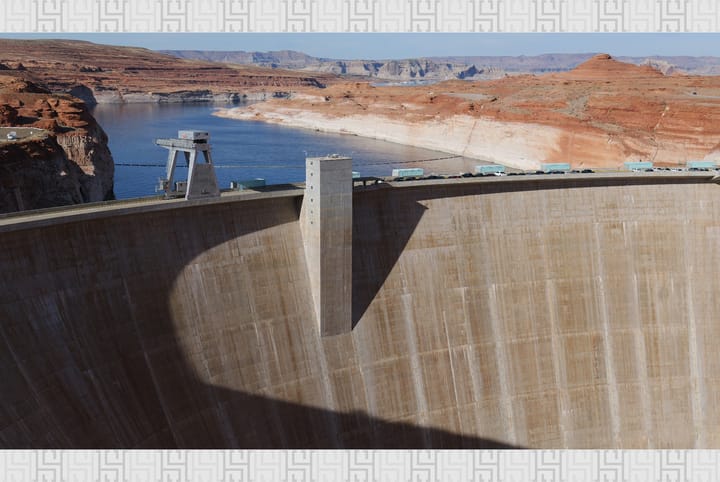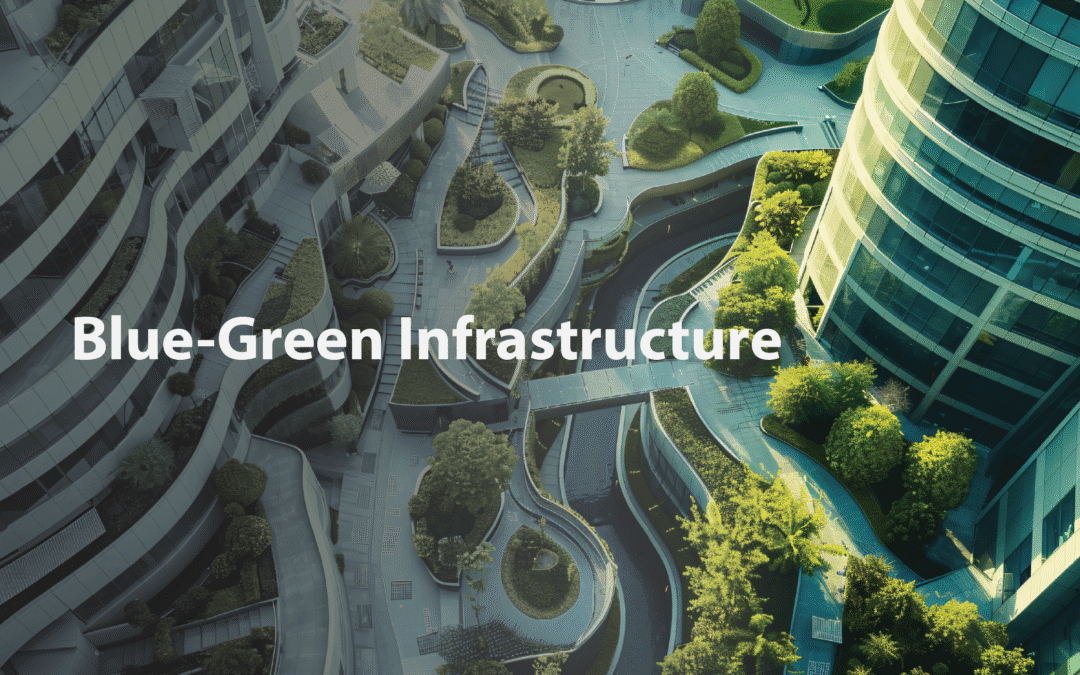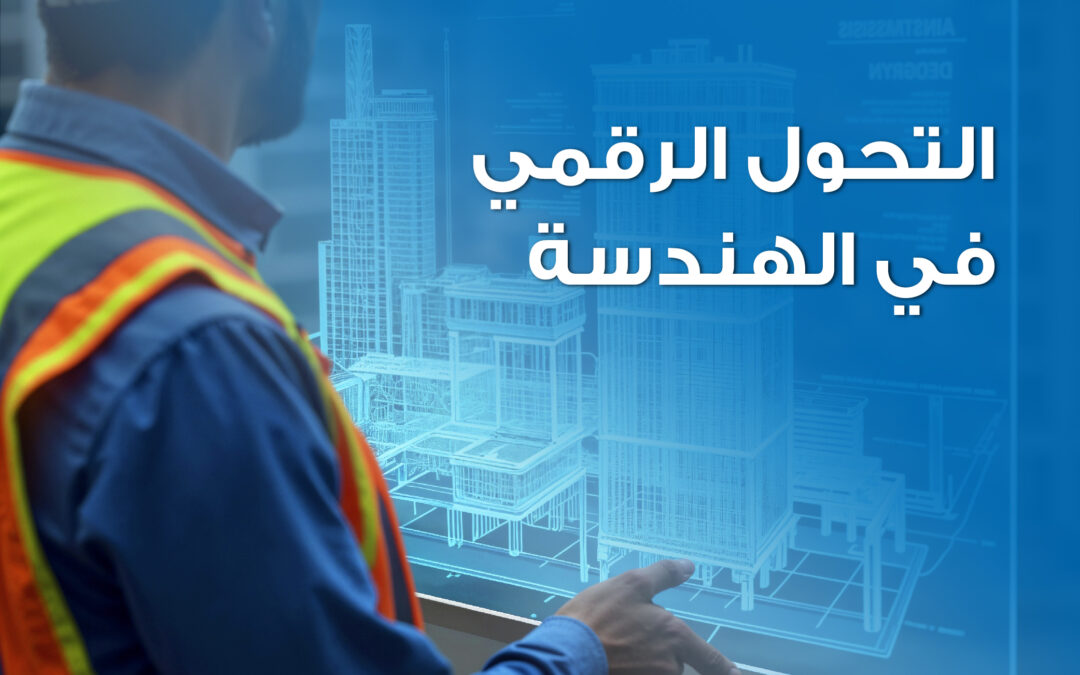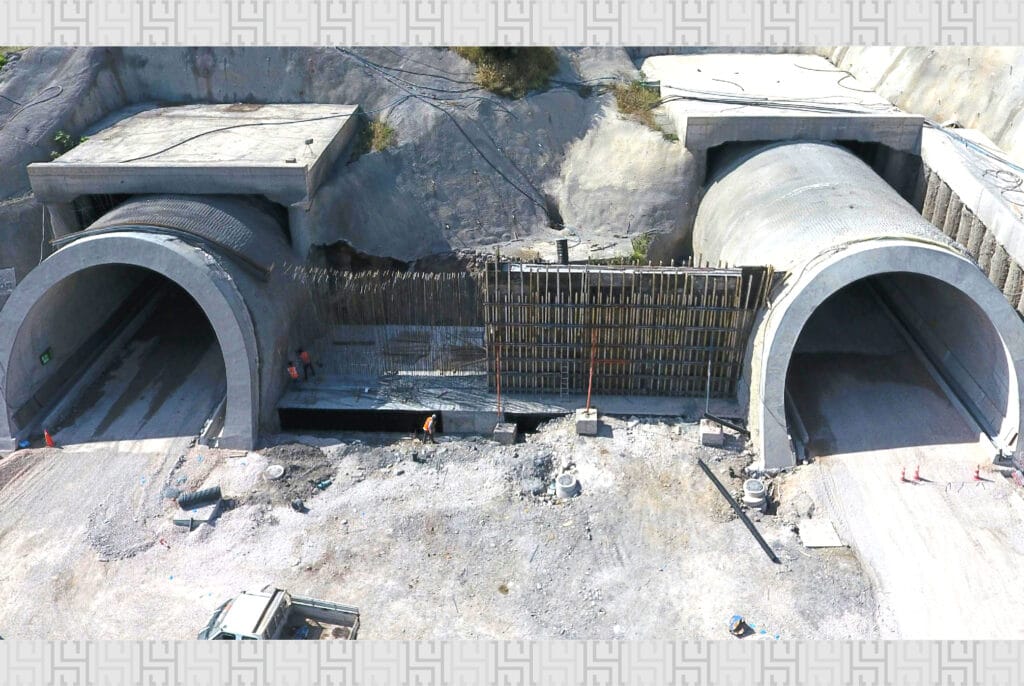تشهد هندسة البنية التحتية تحولًا ثوريًا، من كونها أساسًا داعمًا إلى كونها مُمكِّنًا استراتيجيًا حقيقيًا للشركات في جميع أنحاء العالم. نحن نشهد طلبًا متزايدًا على النماذج السحابية الأصلية، والأتمتة من خلال البنية التحتية ككود، والتركيز القوي على الموثوقية. تعتبر هندسة موثوقية الموقع هي أحد المحركات الرئيسية لهذا التغيير، والتي تستخدم تخصص هندسة البرمجيات لإدخال العمليات، بحيث تكون بنيتنا التحتية الرقمية ليست فقط عملية ولكن دائمًا متاحة، سريعة الاستجابة، وقابلة للتوسع. لم يعد الأمر يقتصر على إدارة الخوادم فقط؛ بل يتعلق بتطوير أنظمة مقاومة للأخطاء وقابلة للإصلاح التلقائي التي تشكل أساس جميع التطبيقات والخدمات المتطورة، مما يحافظ على تشغيلها بسلاسة وموثوقية، حتى تتمكن الشركات من الازدهار في عالم يتجه نحو الرقمنة بسرعة فائقة.
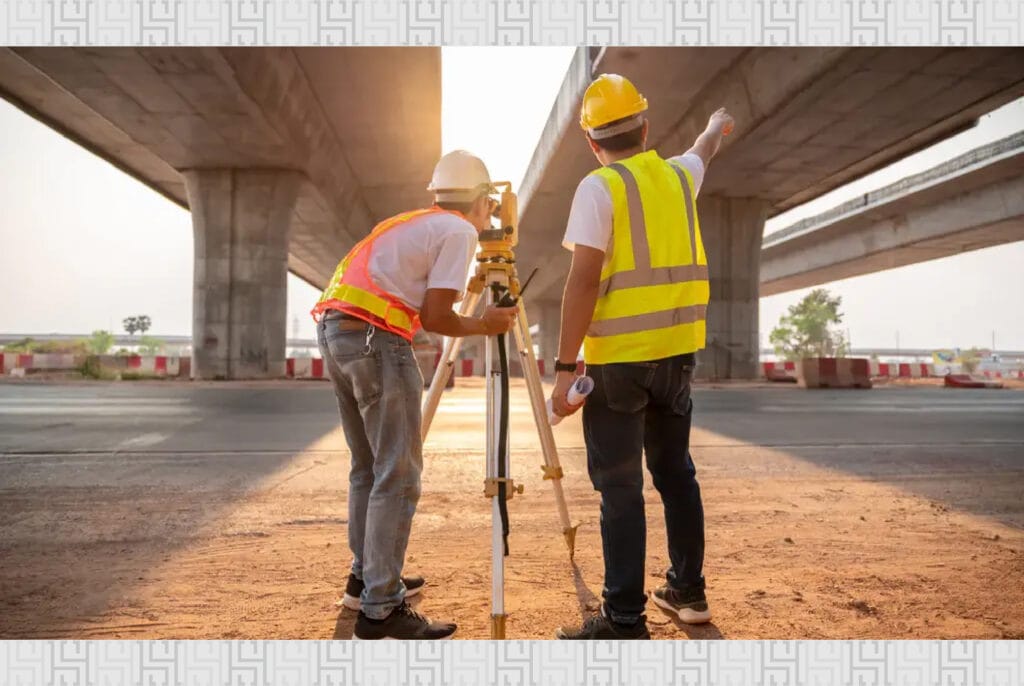
ما هي هندسة البنية التحتية الحديثة؟
تتعلق هندسة البنية التحتية الحديثة بتصميم وبناء وتشغيل الأعمدة التكنولوجية الأساسية التي تدفع عالمنا المترابط، ولكن مع انحراف أكبر بكثير عن جذورها. إنها تحتفظ بالاستقرار والموثوقية التي اعتدنا عليها في البنية التحتية. لكن التحول الآن جذري: نحن نتخلى عن الأجهزة الثابتة والموجودة في الموقع والعمليات الثابتة لصالح البنية التحتية الديناميكية، التي تكون عادةً قائمة على السحابة، وتزداد ذكاءً. يتعلق الأمر ببناء بنية تحتية ليست فقط طويلة الأمد، بل أيضًا مرنة، مؤتمتة، ومتكاملة تمامًا مع البرمجيات التي تعمل عليها.
تولي هذا التحول أيضًا أهمية كبيرة لتصميم البنية التحتية الذكية والمستدامة. يتضمن ذلك الاستفادة من تحليلات البيانات، والذكاء الاصطناعي، وإنترنت الأشياء لتعزيز الأداء، وتقليل الأثر البيئي، وزيادة الكفاءة. فكر في الشبكات الذكية التي تعمل على تحسين الطاقة بشكل ديناميكي، أو أنظمة النقل التي تخفف الازدحام. إنه يتعلق بالبناء من أجل الغد، وليس الاستمرار في الأمس.
تؤثر هندسة البنية التحتية المتطورة الآن على كل قطاع حيوي تقريبًا: من النقل والطاقة إلى البنية التحتية للمياه، والأكثر وضوحًا، البنية التحتية الرقمية. إنه المحرك الخفي ولكنه الفعال الذي يدفع الابتكار والتقدم في جميع هذه المجالات الحيوية.
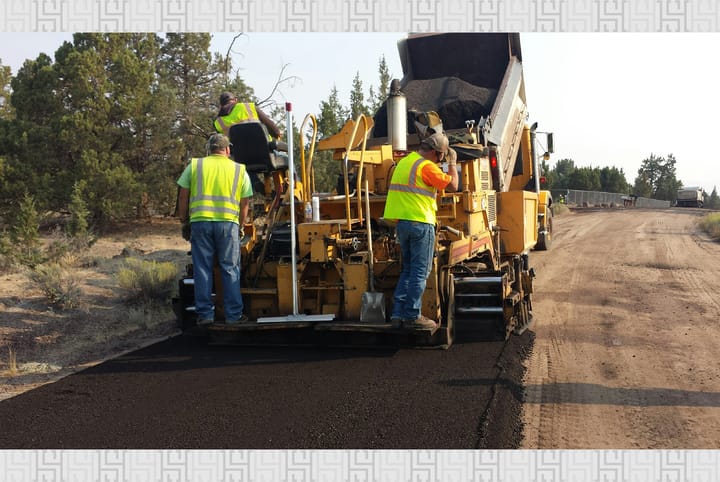
الهندسة المستدامة في تطوير البنية التحتية
الدور المتطور لمهندس البنية التحتية
إن دور مهندس البنية التحتية ديناميكي ومتغير باستمرار، ويتطلب مزيجًا من المهارات التقليدية والقدرات المستقبلية. بالنسبة للمهندسين العاملين في هذا المجال، فإن البقاء في الطليعة يعني صقل مجموعة المهارات لتلبية تحديات المشاريع المعاصرة والطلب المتزايد على حلول مستدامة وقابلة للتكيف.
بعض المهارات مطلوبة بشدة اليوم. لم يعد نمذجة معلومات البناء مجرد كلمة طنانة؛ بل أصبحت الآن أداة لا غنى عنها للمهندسين لإنشاء تمثيلات رقمية متطورة للهياكل المادية، مما يؤدي إلى تعاون أفضل، وفحص التداخلات، وإدارة دورة الحياة. بالإضافة إلى ذلك، أصبحت تحليلات الاستدامة ضرورة أيضًا. يحتاج المهندسون إلى قياس وتحليل وتحسين المشاريع من حيث التأثير البيئي، بما في ذلك البصمة الكربونية واستخدام الموارد. وإلى جانب ذلك، لا يمكن المبالغة في تقدير العنصر البشري: فقدرات إدارة أصحاب المصلحة الناجحة ضرورية لإدارة مصالح العملاء المتنوعين والحكومات والمجتمعات والمجموعات الداخلية، ومواءمة المشروع، وتسليمه بنجاح.
يحمل هذا السيناريو الجديد مجموعة من التحديات الخاصة به. يُطلب من مهندسي البنية التحتية بشكل متزايد أن يقوموا بموازنة دقيقة. يجب عليهم تسليم مشاريع ليست فقط مبنية بشكل سليم وفعالة من حيث التكلفة ولكنها تتوافق أيضًا مع أهداف بيئية واجتماعية وحوكمة طموحة بشكل متزايد. وهذا يعني اتخاذ خيارات استراتيجية فيما يتعلق بالمواد وطرق البناء والتأثيرات التشغيلية في سياق الرفاهية المجتمعية والبيئية على المدى الطويل، غالبًا في ظل قيود صارمة على الميزانية والمواعيد النهائية. إنها أحجية معقدة، ولكن يمكن للمحترفين الملتزمين في مجال هندسة البنية التحتية حلها بشكل فريد، مصممين بذلك العالم المادي والرقمي من حولنا.
كيفية اختيار شريك في مجال هندسة البنية التحتية؟
إن اختيار الشريك المناسب لاحتياجاتك في هندسة البنية التحتية أمر بالغ الأهمية. استأجر شركة هندسة بنية تحتية لديها القدرة على ترك بصمة دائمة على نجاح وطول عمر عملك. الأمر يتجاوز مجرد البحث عن مقاول؛ إنه يتعلق بإيجاد شريك يفهم لغتك ويمكنه ترجمة رؤيتك إلى حلول قوية ومرنة للمستقبل.
لمساعدتك على اتخاذ خيار مستنير، إليك قائمة مرجعية سهلة الاستخدام لإرشادك خلال قرارك:
- خبرة في الهندسة المستدامة المسؤولة والمشاريع الذكية: ابحث عن شريك لديه خبرة في الهندسة المستدامة المسؤولة وتطوير هندسة البنية التحتية. يشير هذا إلى التزامهم بحماية العالم وقدرتهم على استخدام أحدث التقنيات لتحقيق الأداء الأمثل.
- حافظة تصاميم مبتكرة: حافظة المشاريع الجيدة تتحدث عن نفسها. ابحث عن شريك يمكنه عرض مجموعة من التصاميم المبتكرة واستشارات مشاريع هندسة البنية التحتية الناجحة.
- الشفافية في التكلفة والجدول الزمني: تُبنى الثقة على الشفافية. يجب أن يكون شريكك المثالي شفافًا تمامًا فيما يتعلق بالتكاليف والجداول الزمنية والمشكلات المحتملة منذ البداية. وهذا يضمن عدم وجود تكاليف إضافية وتوافق التوقعات بشكل جيد، مما يؤدي إلى علاقة عمل متناغمة ومثمرة.
هل تحتاج إلى بنية تحتية تدمج الابتكار والاستدامة والموثوقية؟ يمكننا مساعدتك. قم بالتواصل مع مجموعة اتش اس أو انفرا للإنشاءات اليوم عن طريق الاتصال على 7741 650 2 971+ لاكتشاف كيف يمكننا التعاون لتحقيق النجاح.
